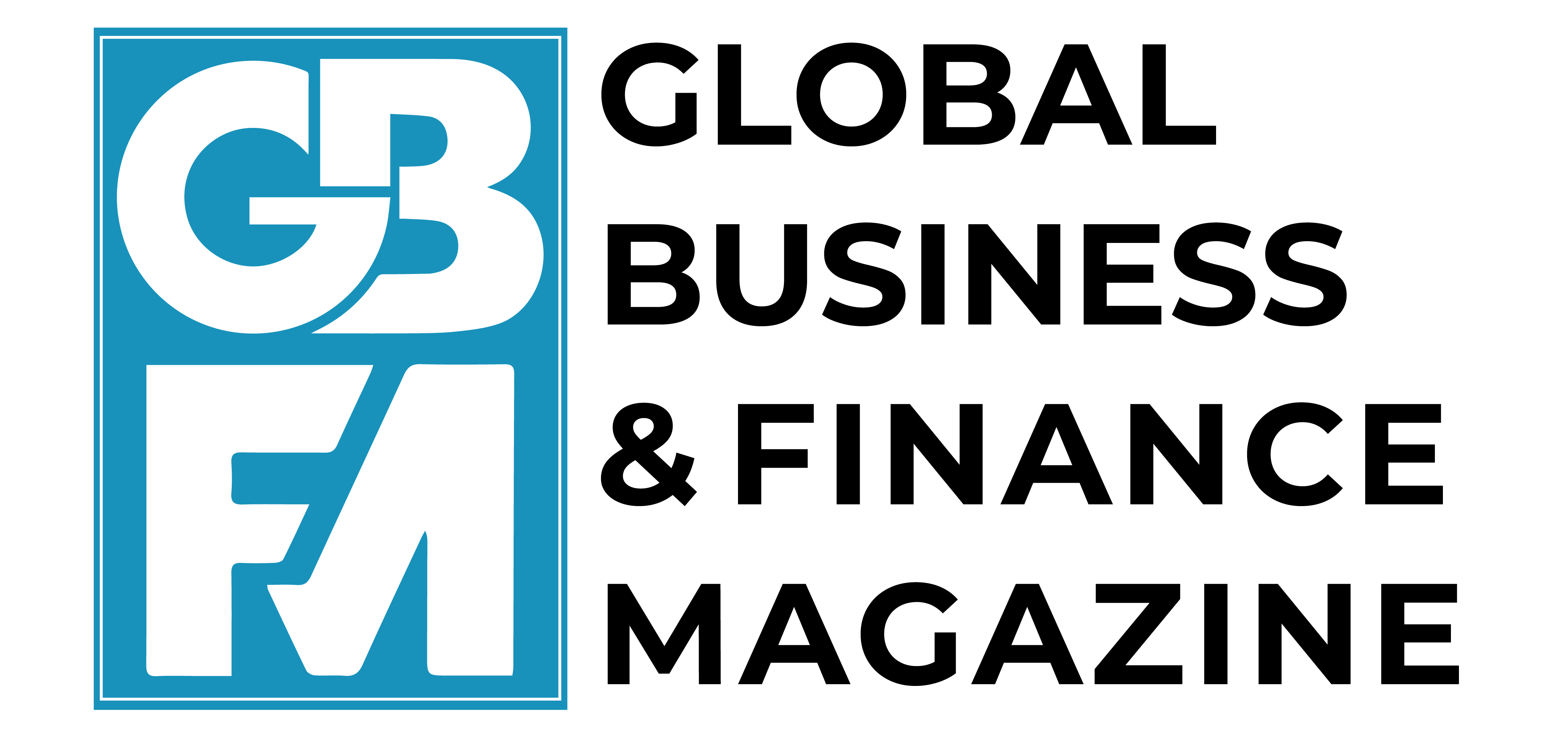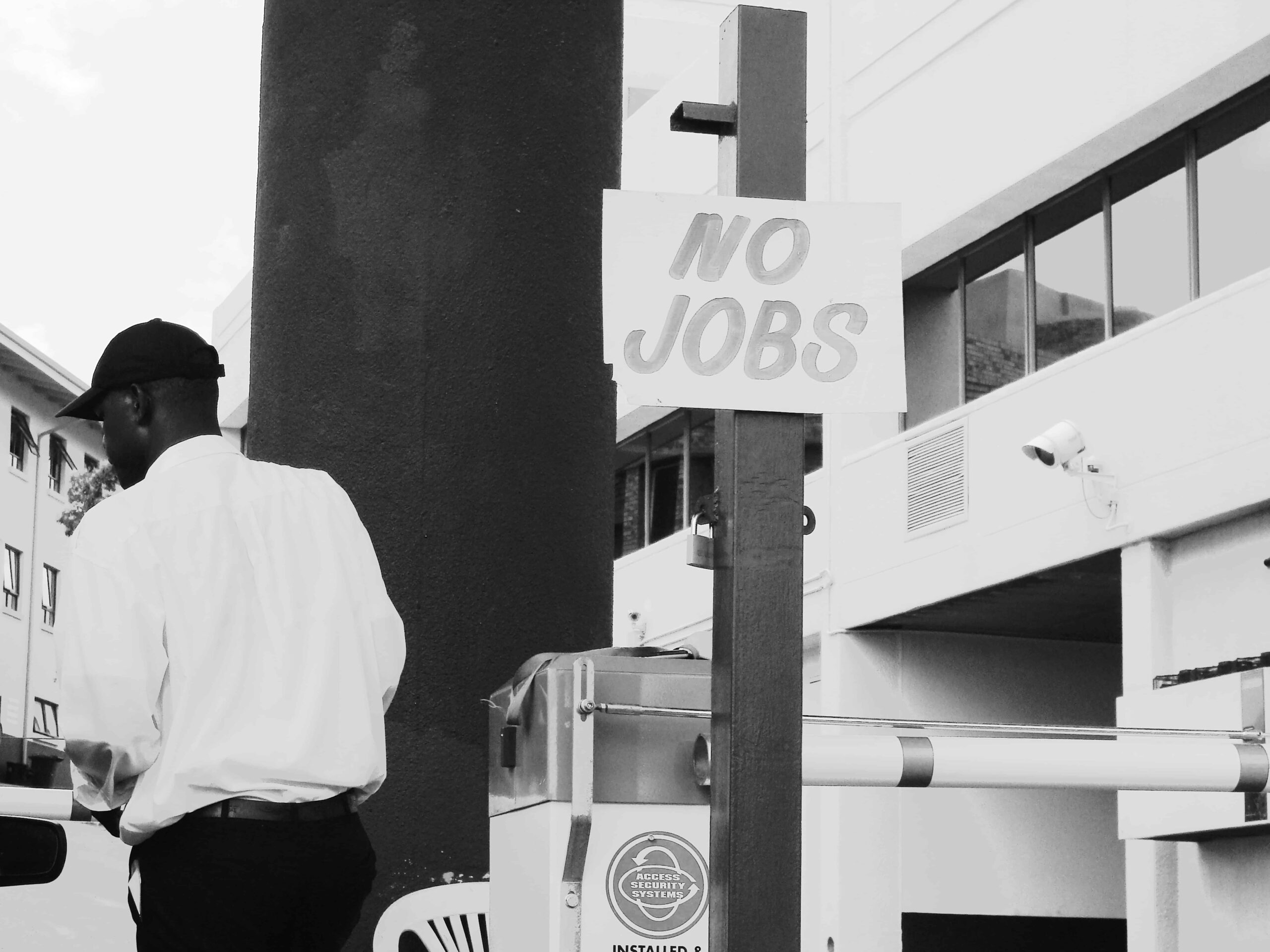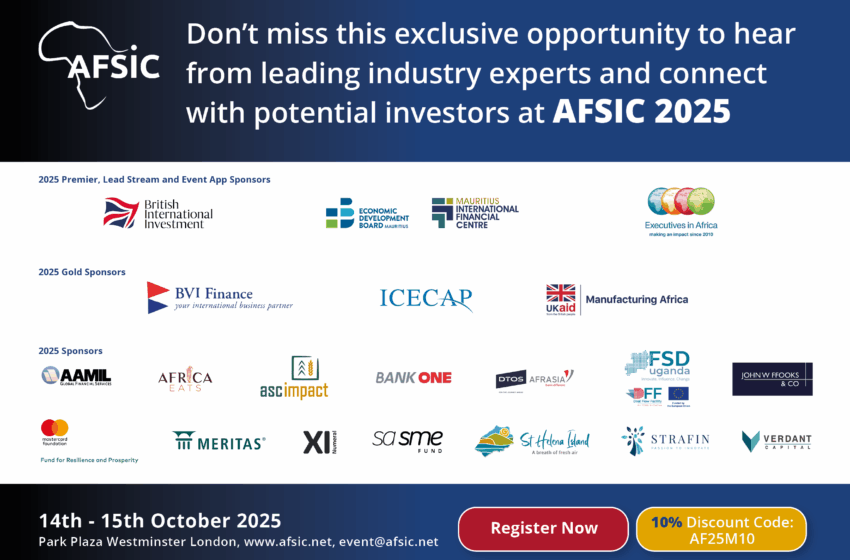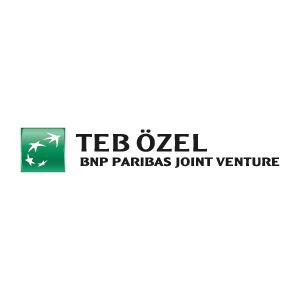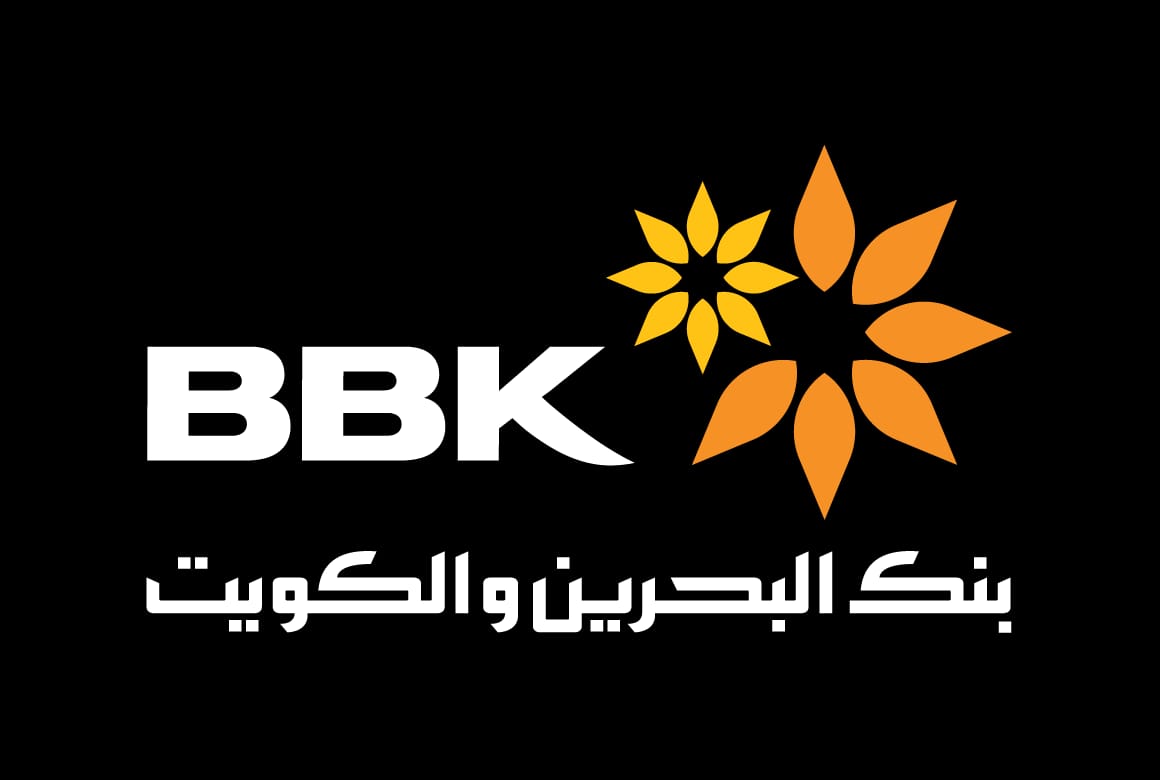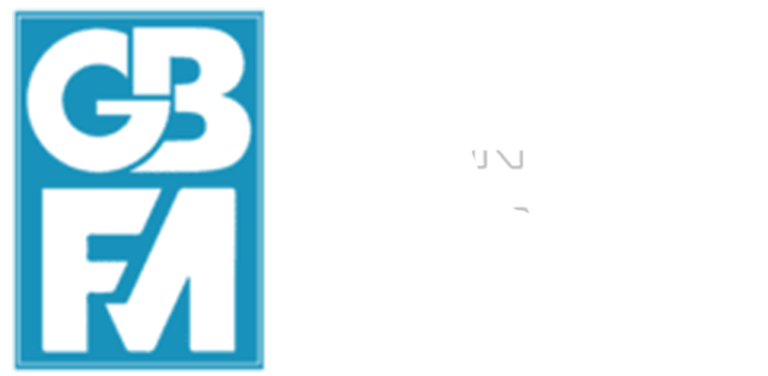Strong coordination of wage setting has been maintained in Nordic countries through pattern bargaining. The tradables sector sets the first agreement, which then serves as the nationwide norm for subsequent wage increases. This column outlines that a key motivation for this model is to maintain international competitiveness and keep the wage share constant over time. This approach may come into conflict with the future needs of labour reallocation, for example due to ageing populations and higher demand for military personnel. An independent body of experts could help the pattern setting become more flexible and recommend changes to address labour market imbalances.
Over the last decades, collective bargaining has been on the decline in most advanced economies at the same time as it has become more decentralised (e.g. OECD 2018). The Nordic countries are partly an exception. Although local bargaining has become more important, strong coordination of wage setting has been maintained (Mogstad et al. 2025). This has been achieved through pattern bargaining, which has replaced earlier centralised negotiations between national peak-level organisations.
Pattern setting is done by the manufacturing sector, acting on behalf of the internationally competitive sector – henceforth labelled the tradables sector. In a wage round, manufacturing concludes the first agreement, which becomes a nationwide norm for wage increases followed by the rest of the economy. Wage moderation in the Nordic countries has been attributed to this bargaining setup. It has been firmly established in Denmark, Norway, and Sweden since the late 1990s. In Finland centralised bargaining, involving also the government, stayed on until the mid-2010s and the bargaining system still seems to be in transition (Kuuskoski 2024).
In a recent review article (Calmfors 2025), I try to explain how the pattern-bargaining systems work and to analyse the future challenges for them.
Bargaining outcomes
A basic idea behind the Nordic model of wage formation is that international competitiveness should be maintained by wage increases in the tradables sector that follow price and productivity increases there so that the wage share remains constant over time. Studies have also found a long-run relationship between the wage and value added per unit of labour in manufacturing towards which the sector strives in an error-correction fashion. Figure 1 indeed shows that over the 2000–24 period, the wage share in manufacturing stayed more or less unchanged in Norway and Sweden. In Finland, the wage share rose substantially in 2008–12, but this was followed by an almost equally large fall. In Denmark, the wage share has fallen strongly, but this partly reflects a shift in composition of output towards high-profit sectors (De Økonomiske Råd 2024). Overall, the graph indicates wage formation in line with international-competitiveness concerns.
Figure 1 Wage share in manufacturing in the Nordic countries and the euro area, index


Note: The wage share is the compensation of employees (wages and employers’ social contributions) divided by value added. The index is set at 1 in 2000. The diagram shows the log of the index.
Sources: Own calculations, Eurostat, and OECD.
Developments of unit labour costs in euros in Figure 2 give a similar picture. Increases in all Nordic countries have been lower than or in line with the euro area over the 2000–2024 period. Another indication of strong international competitiveness is the large trade surpluses in Denmark, Norway, and Sweden (Table 1).
Figure 2 Unit labour costs in euros in manufacturing in the Nordic countries and the euro area, index


Note: The index is set at 1 in 2000. The diagram shows the log of the index.
Sources: Own calculations, Eurostat, and ECB.
Table 1 Trade balance as a share of GDP, per cent


Sources: Eurostat, Statistics Denmark, and Statistics Norway.
Several studies have documented that wage increases across sectors have been similar in the Nordic countries. Figure 3 provides an illustration for Denmark.
Figure 3 Hourly wages in the private and the public sector in Denmark, index


Note: The index is set at 100 in Q1 2005.
Source: Ejrnæs and Rasmussen (2025).
Informal reasoning
The standard argument for why pattern setting by the tradables sector would promote wage moderation is that foreign competition restricts its possibilities to raise prices. The argument was initially made for a fixed-exchange-rate regime (Aukrust 1977) but has also been extended to a flexible-exchange-rate regime with an inflation target as in Norway and Sweden (e.g. Holden IV-utvalget 2023). In the latter case, it has been claimed that there is a double incentive for wage restraint: the same incentive as in the fixed-exchange-rate (common-currency) case plus an extra incentive because the central bank will react to wage increases threatening the inflation target by raising the interest rate. This appreciates the exchange rate, thus causing additional falls in profits and employment in the tradables sector.
This reasoning is not obvious. Exchange rate movements are notoriously hard to forecast: excessive wage rises might also lead to a currency depreciation because of purchasing power parity effects. And with an inflation target, the non-tradables sector, too, has strong incentives to avoid excessive wage rises as interest rate reactions by the central bank restrict demand for its products.
Formal theoretical modelling
Some analyses treat pattern bargaining as just centralisation in disguise, producing wage outcomes where both the employer and the union side try to maximise their respective aggregate utilities, thus internalising various wage externalities (e.g. Bhuller et al. 2022, Barth et al. 2023). This is, however, inconsistent with the clear sequencing of wage decisions under pattern bargaining. It makes more sense to analyse it as a Stackelberg equilibrium, where the pattern-setting employer association(s) and union(s) attempt to maximise their own utilities, taking perceived responses of other bargaining areas into account. This approach is followed by Vartiainen (2010), Calmfors and Seim (2013), and Juvonen (2023). This research has not been able to demonstrate that wage leadership by the tradables sector gives more wage moderation than uncoordinated bargaining or wage leadership by the non-tradables sector.
The conclusion is instead that norm setting per se promotes wage moderation, irrespective of who is doing it. Any pattern setter has an incentive to avoid excessive wage rises, because she realises that she herself will be hurt when other sectors choose the same excessive wage increases. This conclusion holds when the follower adheres to an ‘exogenous’ social norm of choosing the same wage increase as the leader, as in Vartiainen (2010) and Juvonen (2023), as well as when the norm is ‘endogenous’, as in Calmfors and Seim (2013), where it is the outcome of utility maximisation under the assumptions that unions are concerned with relative wages and exhibit Kahneman-Tversky (1979) loss aversion.
There are likely historical reasons for why manufacturing has become the pattern setter. Traditionally, high organisation rates for both employers and employees as well as high coverage of collective agreements have given the sector legitimacy to perform this role. And manufacturing has built the operational capacity to do this.
Future challenges
Manufacturing’s norm setting in the Nordics is likely to face important future challenges. The reason is its inherent status quo bias. It aims at preserving the current size of the tradables sector. This may come into conflict with needs of labour reallocation. First, ageing populations imply rising labour demand in the health and care sector as well as stagnating aggregate labour supply (e.g. Andersen 2024). Second, rising defence expenditure means higher demand for military personnel. Therefore, reallocation of labour from the tradables sector to the public sector and publicly financed parts of the non-tradables sector will probably be required. This could be impeded by a rigid application of pattern setting by the tradables (manufacturing) sector. Instead, wage rises in the tradables sector that shrink its labour demand as well as relative wage increases in the public sector and the publicly financed part of the non-tradables sector to attract labour there may be desirable. The challenge will be to square this with continued aggregate wage moderation.
This may require complex interactions between the labour market organisations and governments. Different models have been tried in the Nordics. In Sweden, public sector unions in the mid-2010s managed to raise their members’ relative wages somewhat through figureless central agreements, leaving wage determination to local bargaining. 4 But recently, the process has gone in reverse, with private sector wages rising faster than public sector ones.
In Finland, after a labour conflict in 2022, municipal sector unions negotiated a multi-year programme with wage increases above the norm. In Denmark, there was in 2023 a tripartite agreement where the government provided local governments with extra funds for higher wage increases in 2024–26 than in the ordinary collective agreements to make work in welfare services more attractive.
None of these approaches appears ideal. The Swedish one is slow and does not work unless the central government provides local governments with sufficient funding. The Finnish approach implies risks of excessive wage rises and fiscal profligacy as central government funding for wage increases negotiated by local governments is automatically forthcoming. Although intended as a one-off measure, the government intervention in bargaining in Denmark may set a precedent of political involvement in wage negotiations.
The manufacturing sector’s norm setting should become more flexible. The risk that attempts at relative wage changes will cause excessive overall wage rises is smaller if labour market parties in various sectors could reach a consensus on how wage formation can help desirable structural adjustments. One way to facilitate this might be for them to set up a body of independent experts to which an individual union or employers’ association could turn for advisory recommendations on wage changes when they perceive large labour market imbalances in a bargaining area. Such advisory recommendations could also form the basis for proposals by mediation institutions when labour market conflicts arise.
Source : VOXeu

